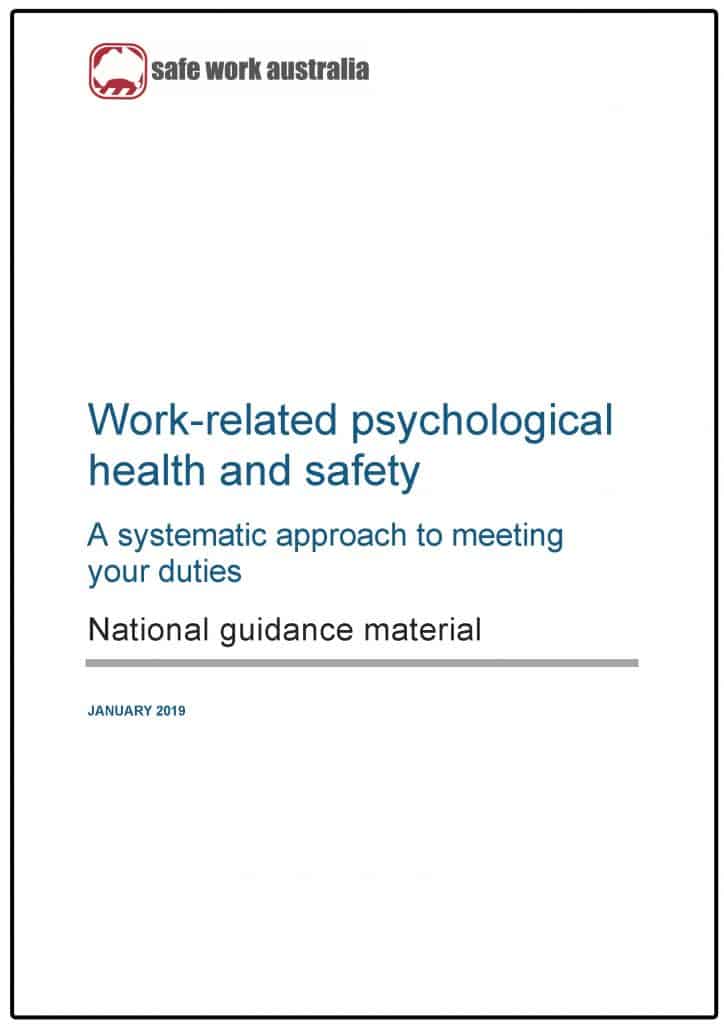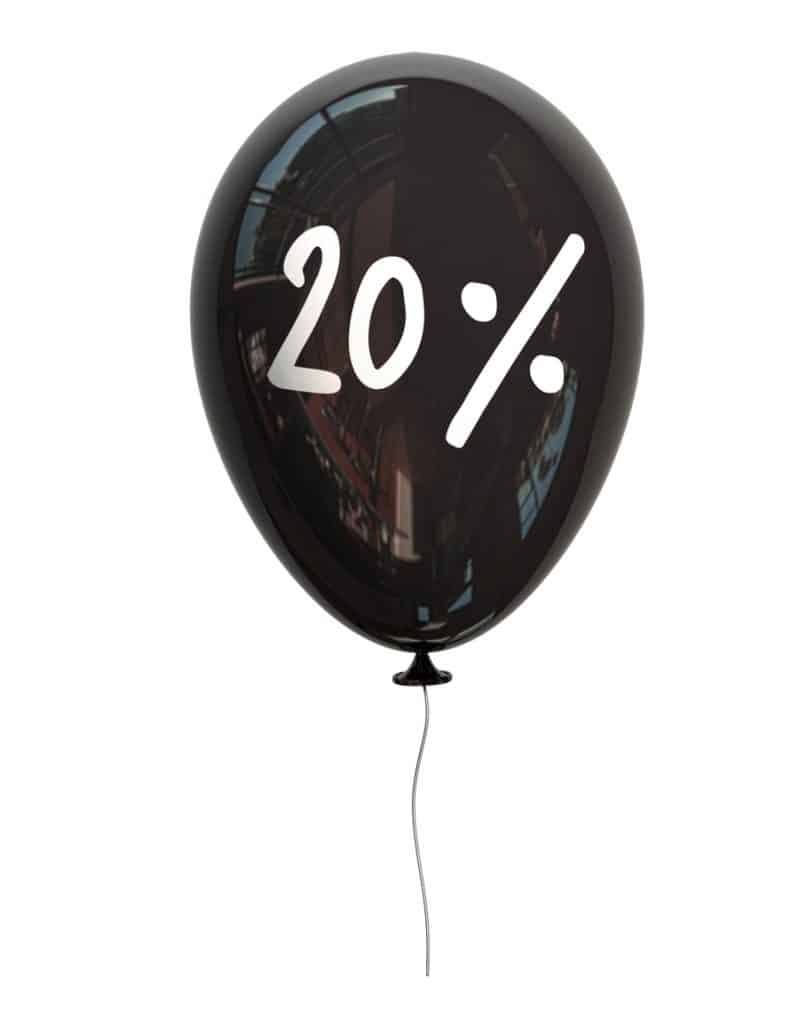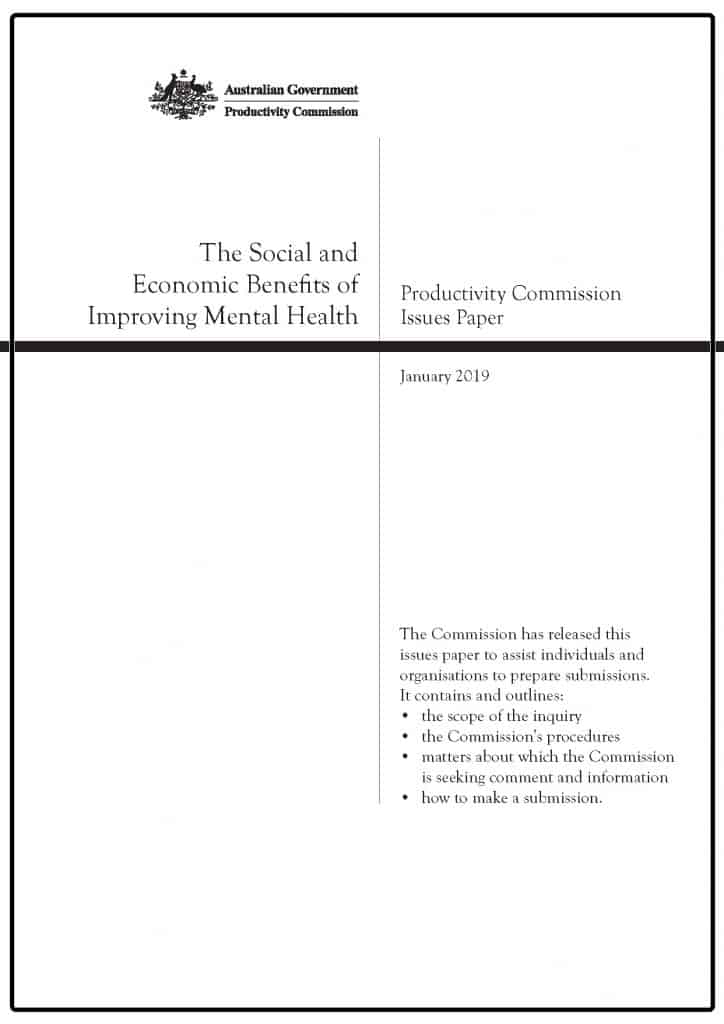Safe Work Australia has responded to the request for comment on their recent amendments to the psychologically health workforce guidance.
Category: SafeWork
Quiet release of amended mental health guidance

Safe Work Australia (SWA) quietly released an amended version of its “Work-related psychological health and safety: A systematic approach to meeting your duties” recently. SafetyAtWorkBlog looks at what has changed.
Continue reading “Quiet release of amended mental health guidance”Heat
The occupational risks of exposure to excessive heat have usually been assessed in remote locations in Australia, and almost exclusively for outdoor workers. The changing environmental conditions, regardless of the global cause, are changing the risk assessment of heat for outdoor workers and, increasingly, indoor workers such as those in food production or kitchens.

Recently Safe Work Australia released a seminar online which discussed the issue of heat in the occupational health and safety (OHS) context.
The panel discussion operates from the perspective of what can be done rather than what could be done and remains within the occupational context. Professor Dino Pisaniello mentioned his recent research into the issue, which looks like it was meant to be the focus of this seminar and which found:
The mental health “one in five” statistic examined for validity

This blog has a policy of linking to source documents wherever possible. Recently I investigated the origin of the statement and its variations:
“In a 12 month period, 20 per cent of Australians will experience a mental health condition.”
Clarity on this is going to be important as Australia has several formal inquiries relating to mental health and this statement often crops up in strategy documents and policies related to occupational health and safety (OHS).
Mental Health Issues Paper provides opportunity for OHS to pitch for legitimacy

Australia’s Productivity Commission (PC) has released its first Issues Paper to assist people in understanding the purposes of the Inquiry and to lodge a submission. The Report provides opportunities for the occupational health and safety (OHS) profession and advocates to explain the relevance of OHS principles in preventing psychological harm. It includes specific work-related questions for people to address in submissions.
The Government responds to Senate Inquiry into Industrial Deaths
ALP’s National Platform and workplace safety
 This Sunday SafetyAtWorkBlog will be reporting from the 2018 National Conference of the Australian Labor Party (ALP). It promises to be extra lively as the country is only a few months away from a General Election and the ALP is tipped by most to win, or rather, the Liberal/National Coalition to lose. The intention is to watch for discussion of issues that relate to, or affect, the management of worker health and safety. There will be some, if one accepts that the most effective and sustainable occupational health and safety (OHS) solutions come from both a introduce multidisciplinary approach and that one that looks “at the source” of hazards.
This Sunday SafetyAtWorkBlog will be reporting from the 2018 National Conference of the Australian Labor Party (ALP). It promises to be extra lively as the country is only a few months away from a General Election and the ALP is tipped by most to win, or rather, the Liberal/National Coalition to lose. The intention is to watch for discussion of issues that relate to, or affect, the management of worker health and safety. There will be some, if one accepts that the most effective and sustainable occupational health and safety (OHS) solutions come from both a introduce multidisciplinary approach and that one that looks “at the source” of hazards.
The current draft National platform has a specific chapter on Safety At Work but the document is riddled with safety commitments. Curiously there is no specific mention of Industrial Manslaughter, although the ALP will
“ensure there are strong deterrents for employers who are responsible for workplace deaths”.
